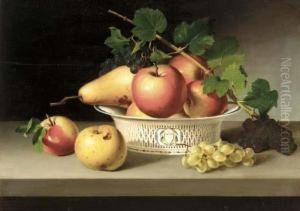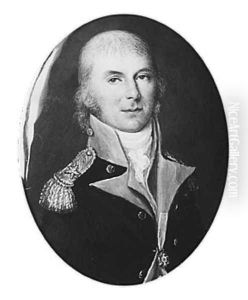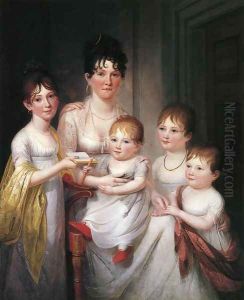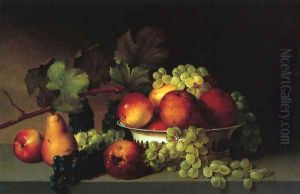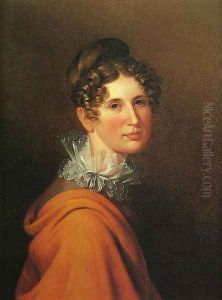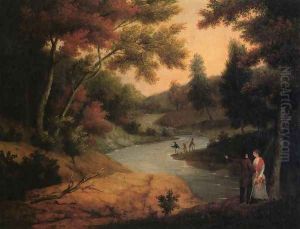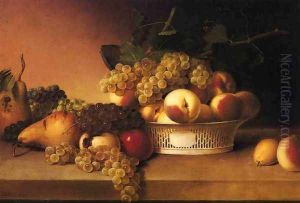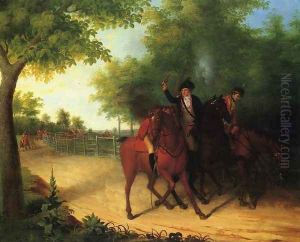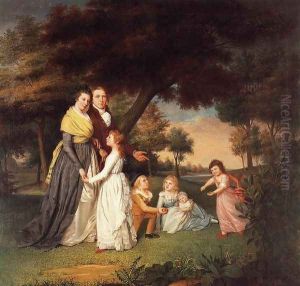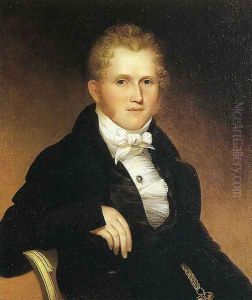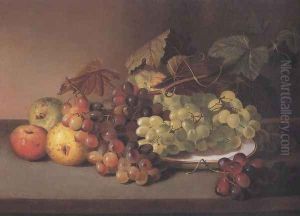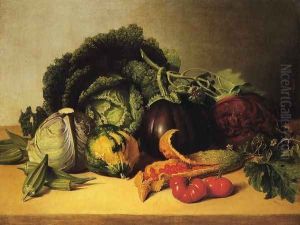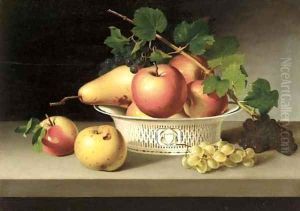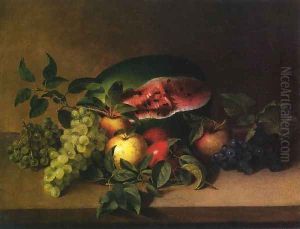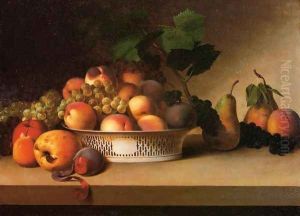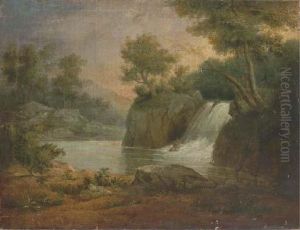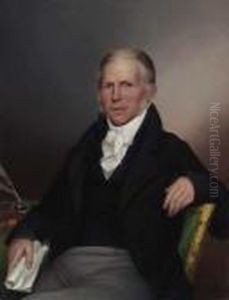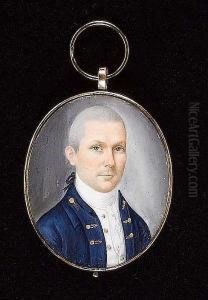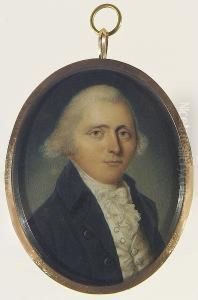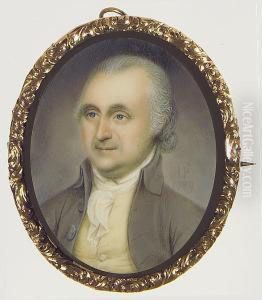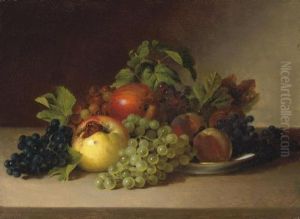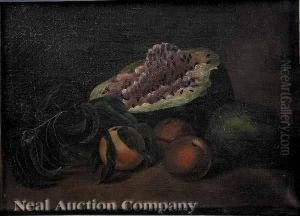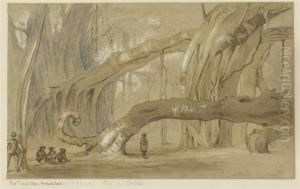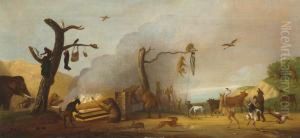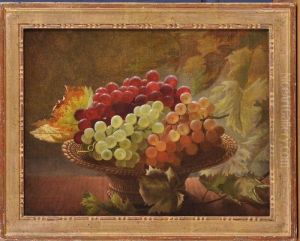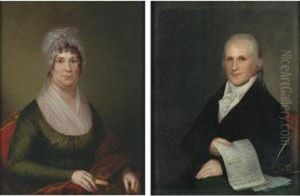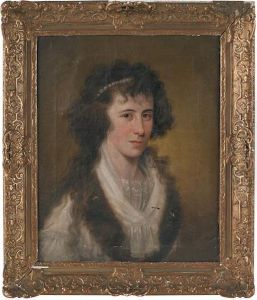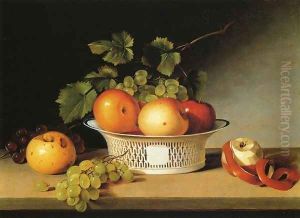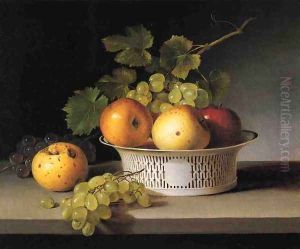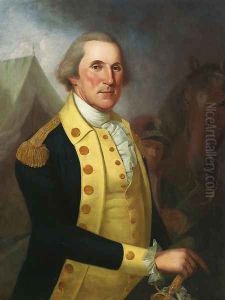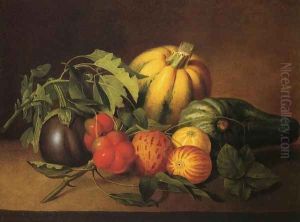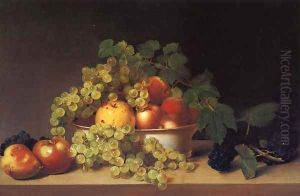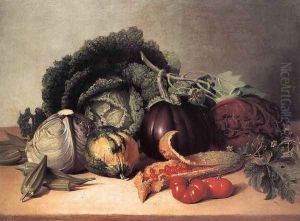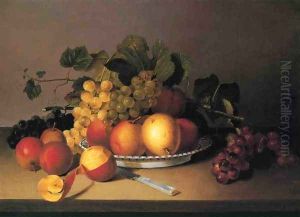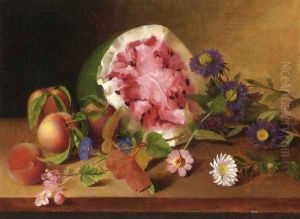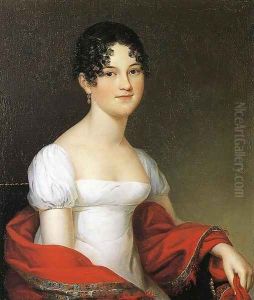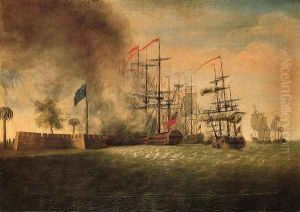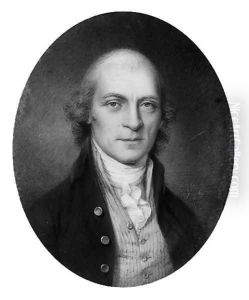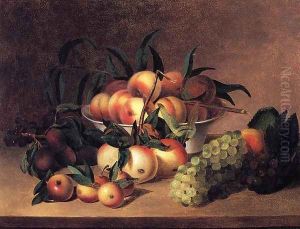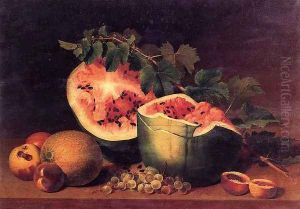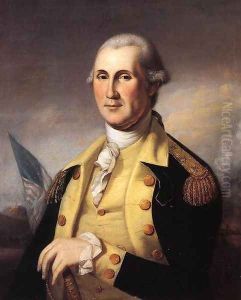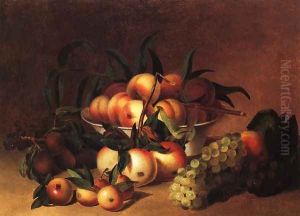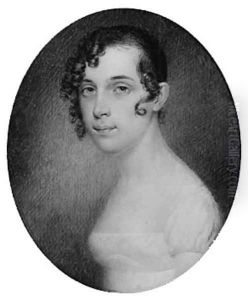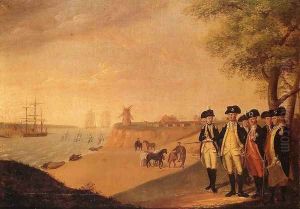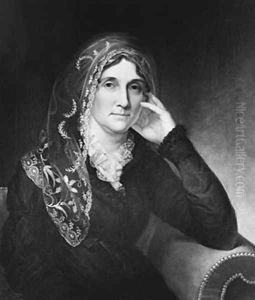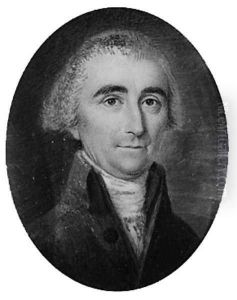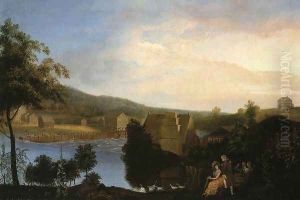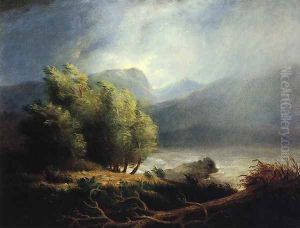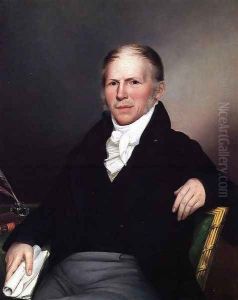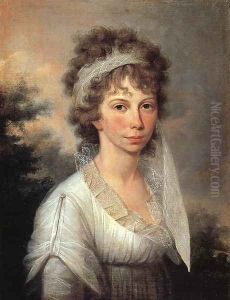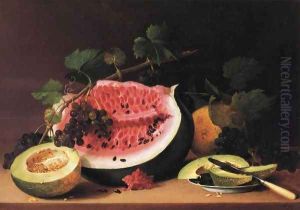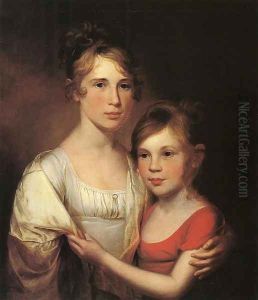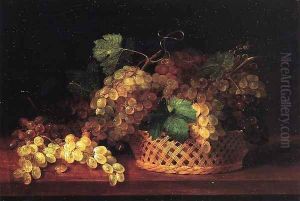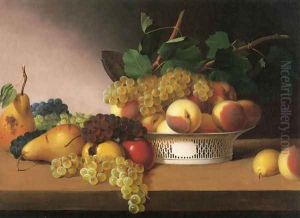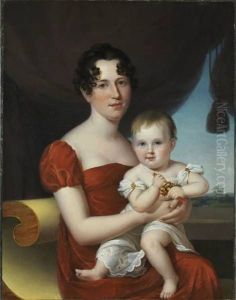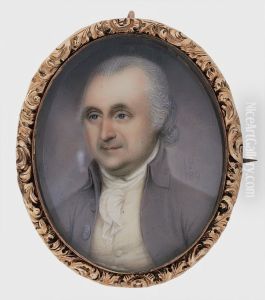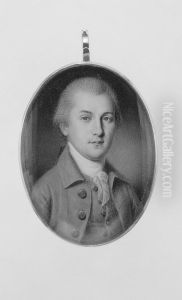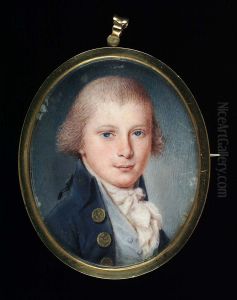James Peale Paintings
James Peale was an American painter who specialized in still lifes, miniatures, and portraits. He was born on February 11, 1749, in Chestertown, Maryland, into a family that would become highly influential in the American art scene. His brother, Charles Willson Peale, was also a notable artist and naturalist. James began his artistic training under the guidance of his brother Charles, and it was through him that James was introduced to various artistic techniques and styles. During the American Revolutionary War, James served as a lieutenant in the Continental Army. His experiences in the war influenced his work; he even painted miniatures of various officers in the army. Following the war, he returned to his focus on art, developing a reputation for his miniature portraits and larger works. His miniatures were particularly cherished for their detail and the personal nature of the medium. James Peale's artistic career also included larger canvas works, such as landscapes and history paintings. However, it is his still lifes for which he is best remembered today. These paintings often featured a variety of objects, including fruits, vegetables, and flowers, all rendered with meticulous attention to detail and a vibrant use of color. His approach to still life painting was innovative for his time, and he is considered one of the early American masters of the genre. Throughout his career, James Peale exhibited his works at various institutions, including the Pennsylvania Academy of the Fine Arts. He continued to paint until his later years, adjusting his style as his eyesight began to decline. James Peale passed away on May 24, 1831, in Philadelphia, Pennsylvania. His legacy is preserved in the collections of numerous museums, and he continues to be recognized for his contributions to American art history.
